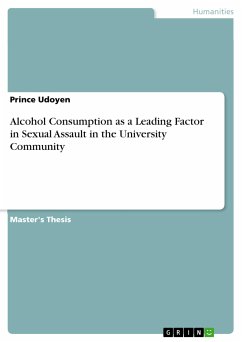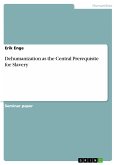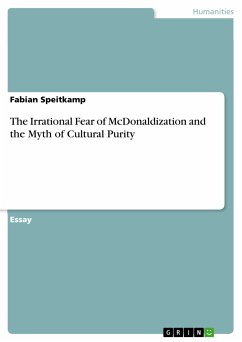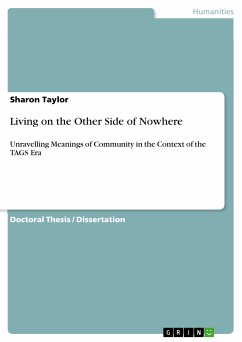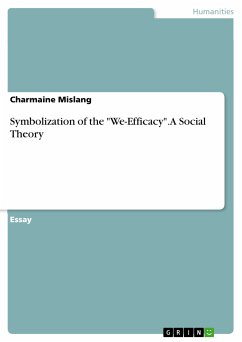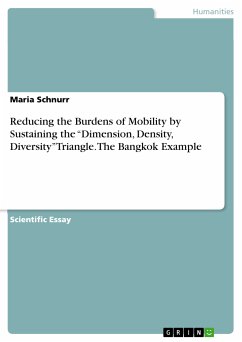Seminar paper from the year 2013 in the subject Sociology - Individual, Groups, Society, grade: A, The University of Liverpool, language: English, abstract: Trait theory was developed from the concept of trait which simply describes the characteristic behavior of individuals thus their personality. Trait encompasses all aspects of how individuals perceive, believe and feel about things. This is what distinguishes individuals from one another. Trait theories are therefore concerned with understanding the differences in peoples' personality and with establishing the causes of these perceived differences. Although different theories have been developed by different people, they are all based on the following assumptions: people genetically inherit traits from their biological parents; some traits are predominantly suited for leadership; and people who make good leaders have the correct if not sufficient combination of traits (Digman, 1990). It is through these assumptions that this theory has formed a good basis for selection of leaders thus a very important discipline in management. This essay therefore seeks to discuss 'five factor' trait theory highlighting some of the advantages and disadvantages of using such a theory to select leaders in the workforce. Unlike the traditional psychological researches, contemporary psychological researchers in personality have managed to come up with a more comprehensive and empirical model for analyzing personality traits known as 'the five factor' or the 'big five' theory (Digman, 1990). The 'five factor' theory is a five factor model with broad categories of personality traits, each category having its distinct behavioral characteristics associated with them. Though the theory is new, the five factor model has proved to be one of the most practical and applicable model in studying human personality and has thus been accorded critical attention (Digman 1990)
Dieser Download kann aus rechtlichen Gründen nur mit Rechnungsadresse in A, B, BG, CY, CZ, D, DK, EW, E, FIN, F, GR, HR, H, IRL, I, LT, L, LR, M, NL, PL, P, R, S, SLO, SK ausgeliefert werden.



